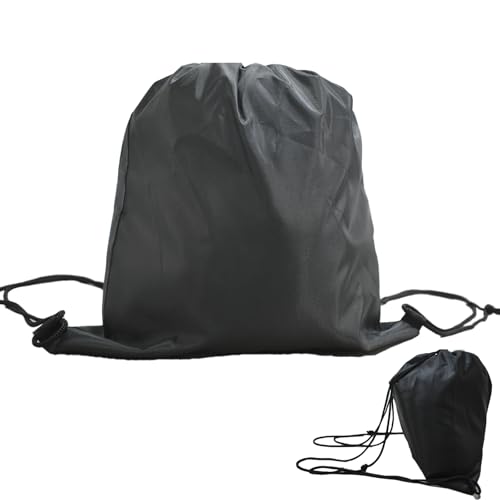Randy
Well-known member
No one said the wheels couldn't be skidding. If the engine, be it a prop or jet, created enough thrust to overcome the resistance created by the conveyor, then it would result in the wheels breaking traction and the plane would propel forward enough to create enough speed that would create the lift that would allow the plane to take off. Right?So. . .IF the plane is moving under the force created by engine thrust AND the wheels are not skidding, it is not possible for the conveyor belt to match the wheel speed.
btw - I agree it's a ******** question, but, still fun to discuss































































